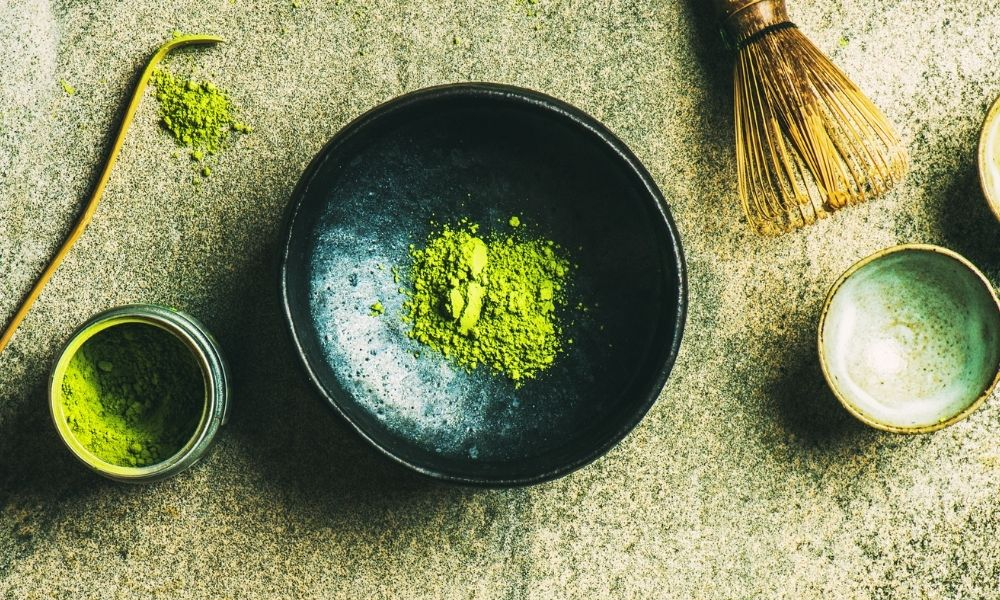People often misunderstand or lack knowledge about Shinto, the indigenous faith of Japan, outside the country. Nevertheless, it remains a fundamental aspect of Japanese life and culture. In this article, we will delve into the secrets of shinto: history, characteristics, and modern role of Shinto in Japan.
Check more secrets of Japan here.
Secrets of Shinto: Origin & Basic Principles
Shinto is a unique religion without a specific founder or sacred scripture; instead, it is based on nature and ancestor worship. The word “Shinto,” meaning “the way of the gods,” reflects its development from ancient Japanese traditions of honoring natural elements and ancestral spirits. Moreover, Shinto deities, known as “kami,” are believed to inhabit natural phenomena, landscapes, and living creatures.
This polytheistic belief emphasizes harmony with nature and is deeply intertwined with people’s lives. Shinto does not offer doctrines of ethics or morality, but rather expresses faith through rituals and customs practiced in daily life.
Secrets of Shinto: Coexistence with Buddhism
In the 6th century, China and the Korean Peninsula introduced Buddhism to Japan. Instead of clashing, Shinto and Buddhism chose to coexist. During the process known as “Shinbutsu Shugo,” Buddhism embraced Japanese kami as guardian deities, while Shinto incorporated certain Buddhist rituals and teachings. This religious fusion exemplifies Japan’s unique spirit of “wa” or harmony.
However, over time, political leaders exploited Buddhism for personal gain, causing Shinto to recede into the background. From the Taika Reform through to the late Edo period, Shinto remained under Buddhist influence.
The Meiji Restoration and Shinto Revival
In the mid-19th century, Japan underwent significant reorganization as a modern state during the Meiji Restoration. The Meiji government implemented a policy of separating Shinto and Buddhism to establish State Shinto. This policy led to the restoration of many shrines, reasserting Shinto as the spiritual foundation for the Japanese people.
During the era of State Shinto, people venerated the emperor and emphasized Shinto as a key part of national identity.
The Contemporary Significance of Shinto
In modern Japan, Shinto is often seen as part of cultural identity rather than a religion. Many Japanese consider themselves non-religious, yet they still practice customs influenced by Shinto in their daily lives. Activities such as Hatsumode, festivals, and seasonal rituals highlight how deeply Shinto has permeated everyday life.
Moreover, Shinto’s emphasis on coexistence with nature aligns with contemporary awareness of environmental issues. There is a growing movement to reevaluate Shinto’s views on nature and ethics as a model for sustainable living.
The Appeal of Shinto and Its Attraction to Japan
Shinto’s unique nature makes it a fascinating part of Japanese culture for many foreign visitors. By visiting shrines and participating in traditional festivals, one can learn about Shinto’s rich history and cultural background. However, many visitors to Japan find it challenging to distinguish between Shinto and Buddhism.
Shinto exemplifies Japan’s religious diversity and presents a particularly intriguing contrast to other world religions. Understanding Shinto in Japan is crucial to gaining a deeper insight into the country’s culture, history, and society.
Specific Examples of How Shinto is Embedded in Japanese Life
Shinto deeply embeds itself in Japanese culture and everyday life through various practices and rituals.
Hatsumode
Hatsumode is the traditional practice of visiting a shrine at the beginning of the New Year to pray for peace and safety throughout the coming year. During this time, many Japanese people visit shrines with family and friends, draw fortunes (omikuji), and participate in purification rituals. As a result, this event highlights the important role Shinto plays in marking the start of the New Year.

Omiya-mairi
Omiya-mairi is the first shrine visit for a newborn baby, conducted to pray for the infant’s health and growth. This ceremony is a significant life event in Japanese families, usually taking place about 30 days after birth, where the family visits a shrine for a priest’s blessing.

Jichinsai
Before constructing a new building, people conduct the Jichinsai ceremony to pacify the deity of the land and pray for the safety of the construction. This essential ritual involves inviting a priest to perform the ceremony and illustrates how Shinto’s nature worship integrates into modern life.

Shichi-Go-San
Shichi-Go-San is a celebration of children’s growth at the ages of three, five, and seven. During this time, families visit shrines to express gratitude for their children’s development and to pray for their future health. Celebrated widely in the fall, this event highlights its significance as a key occasion in Japanese family life.

Seasonal Festivals
Across Japan, numerous seasonal festivals centered around shrines are held throughout the year. Famous festivals include Gion Matsuri in Kyoto, Tenjin Matsuri in Osaka, and Kanda Matsuri in Tokyo. During these events, community members carry portable shrines (mikoshi), enjoy music and dance, and strengthen their ties through Shinto beliefs.

Secrets of Shinto: How Visitors Can Experience it
For travelers to Japan, experiencing Shinto is an invaluable opportunity to gain a deeper understanding of Japanese culture. Here are specific ways to experience Shinto:
- Visit Shrines
Visitors can experience the atmosphere of Shinto by visiting shrines across Japan. Notable shrines worth visiting for their historical and cultural significance include:- Ise Jingu (Ise City): The spiritual center of Shinto, attracting many pilgrims.
- Izumo Taisha (Izumo City): Known for its deity of marriage、 Okuninushi no Okami、 with a long history.
- Itsukushima Shrine (Miyajima, Hiroshima): A picturesque shrine floating on the sea, registered as a UNESCO World Heritage site.
- Participate in Festivals
If timing permits, participating in a local festival can be an enriching experience. Festivals feature traditional costumes, music, and mikoshi, providing a close-up view of Shinto culture. - Engage in Shinto Rituals
Visitors can engage in shrine rituals by drawing omikuji to predict their fortunes or writing wishes on ema (wooden plaques) to dedicate at the shrine. Many shrines offer explanations in English for international visitors. - Visit Museums or Cultural Centers on Shinto
For a deeper understanding of Shinto history and culture, visiting museums or cultural centers is a good option. Examples include the Jingu Chokokan Museum near Ise Jingu or the National Museum of Japanese History in Tokyo.
When traveling to Japan, here are some places you can go to experience Japans culture.
Secrets of Shinto: Appreciation of the Religion
Shinto in Japan is more than just a religion; it is a deeply rooted part of Japanese culture and daily life. Understanding its complexities requires knowledge of Japan’s history and societal structures; therefore, Shinto becomes a captivating subject for foreign visitors to explore. By delving into Shinto’s charm, one can achieve a richer appreciation of Japanese culture.










